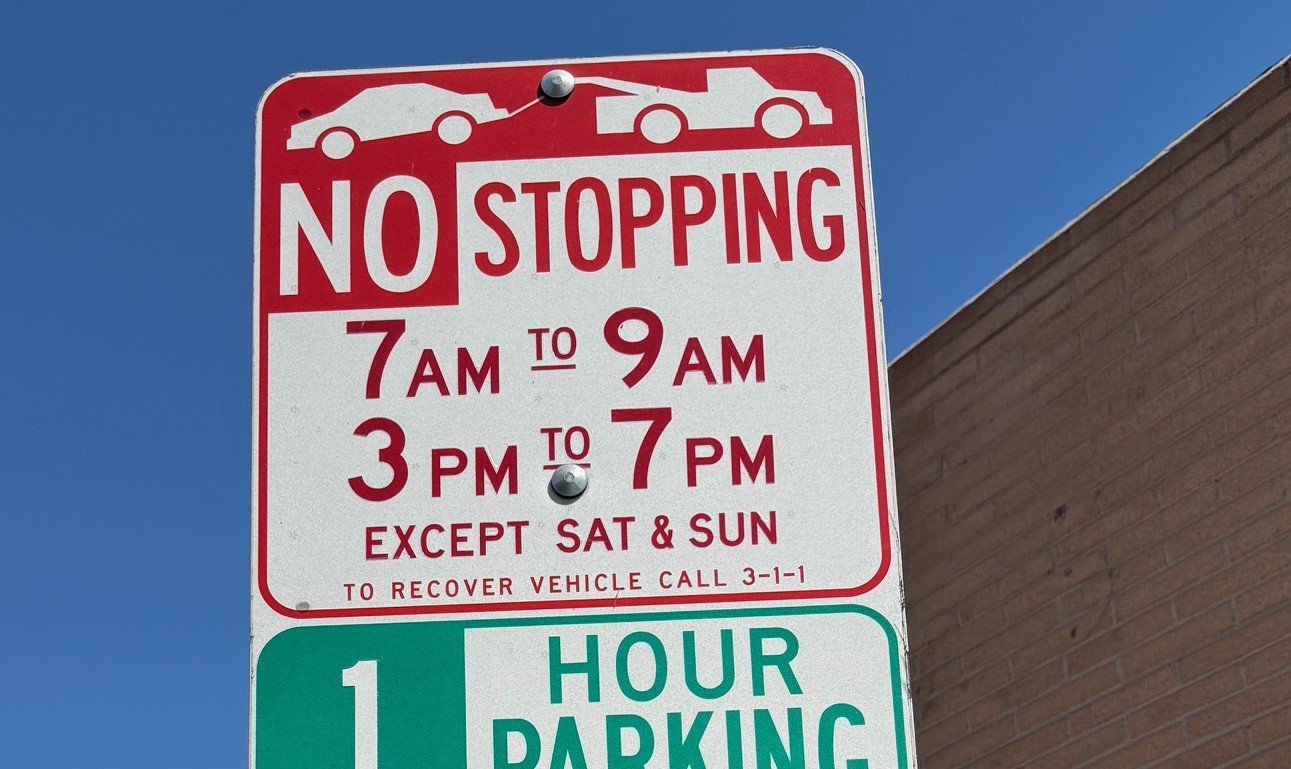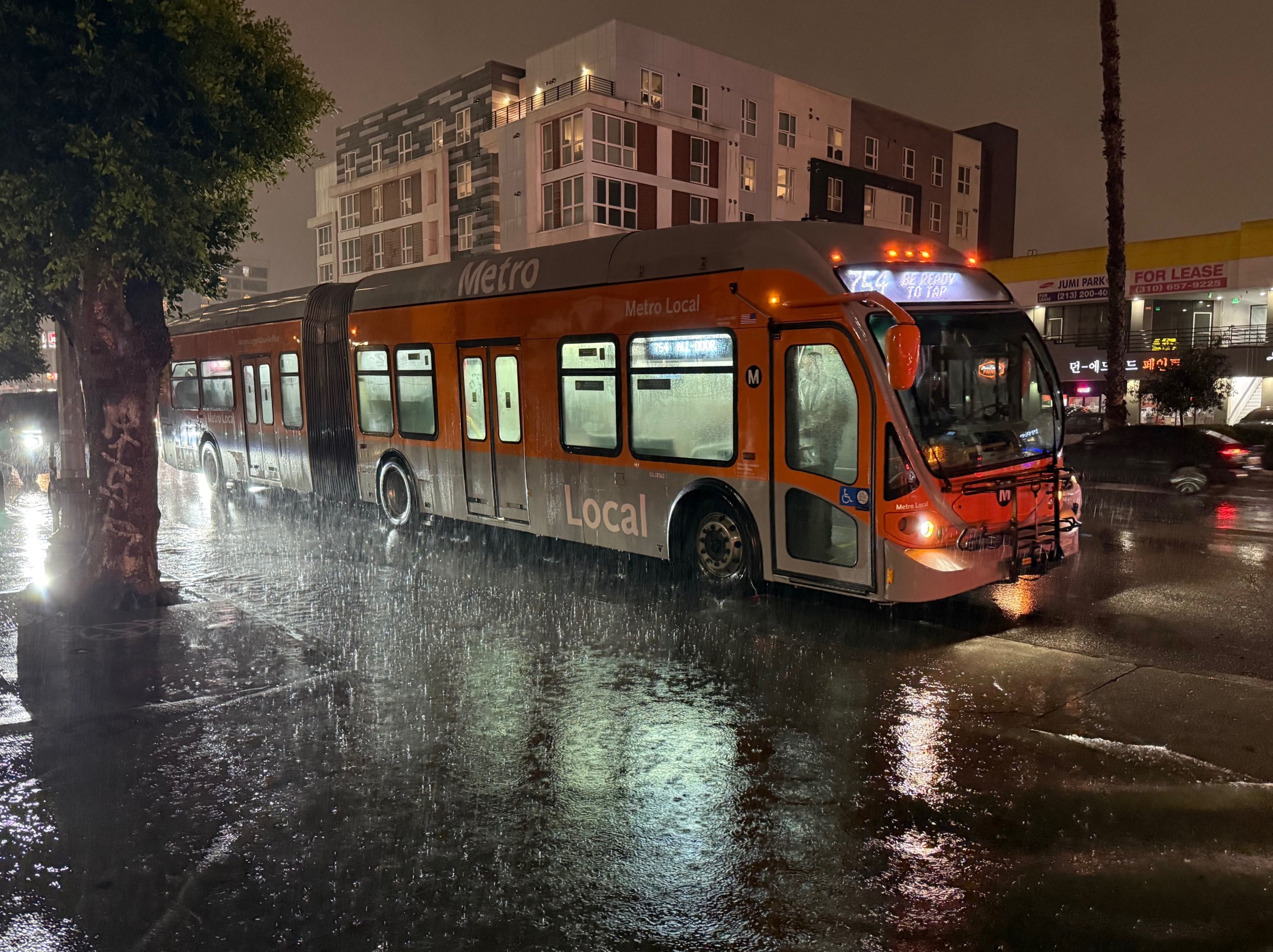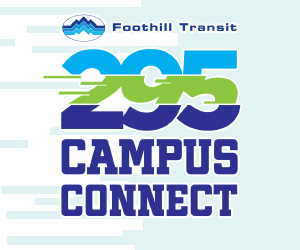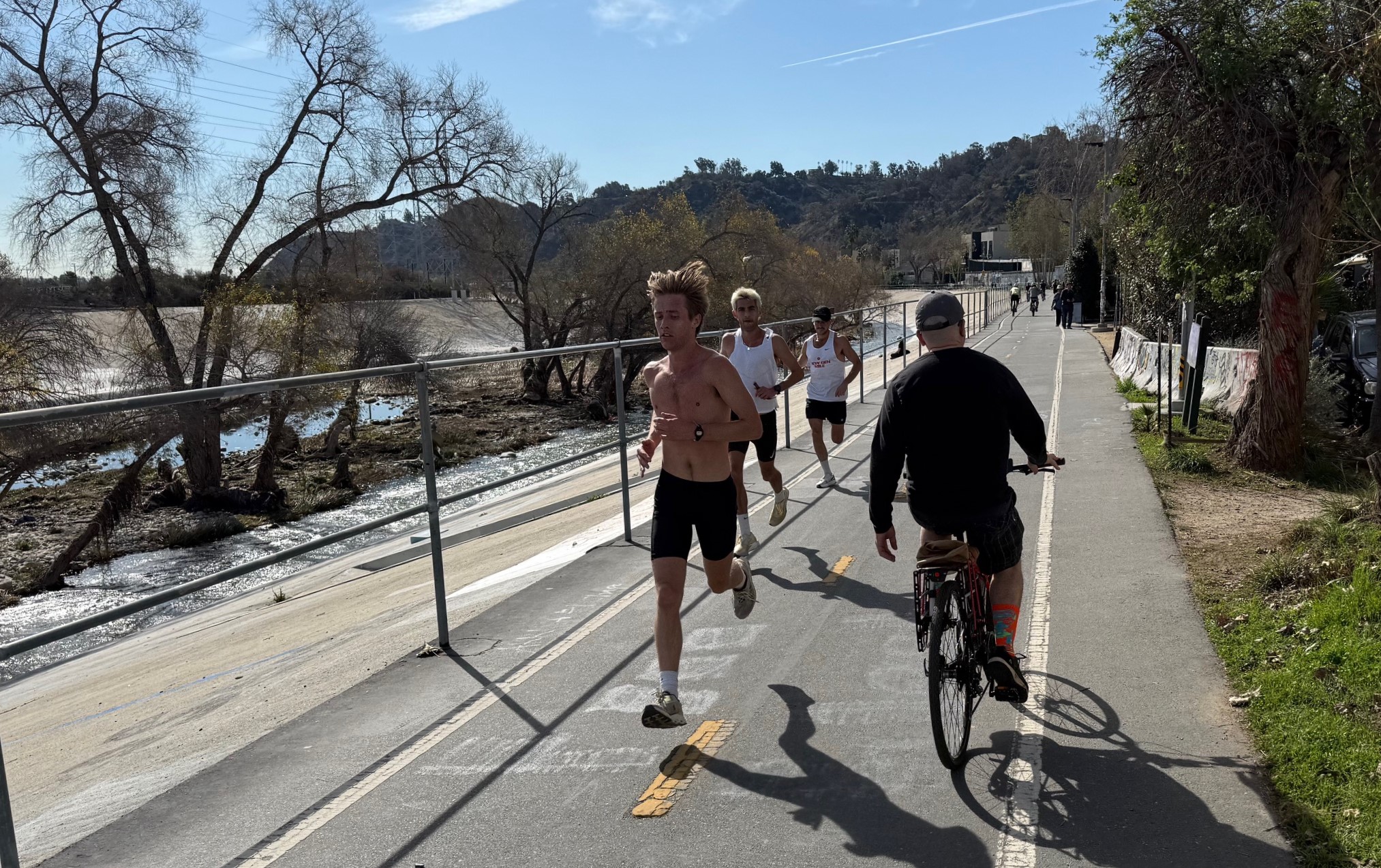Yesterday, the L.A. City Transportation Department (LADOT) announced a new program underway to remove peak hour travel lanes and replace them with on-street parking.
LADOT General Manager Laura Rubio-Cornejo noted that this “repurposing underused roadway to restore parking availability [is] ...an important step toward a more accessible and people-centered transportation network.”
This won't mean the end of what many people may know as "rush hour no parking," but some of those parking restrictions are going away.
From the 1980s until around 2015, the LADOT often removed rush hour parking in order to add one more peak hour lane for drivers. Per DOT, the purpose of the practice was to "expand roadway capacity and increase vehicle throughput." This meant more driving, generally to the detriment of safety, bicycling, walking, transit, and even local businesses - which preferred to keep on-street parking available for customers.
Peak hour car lanes are not just incompatible with peak hour parking, but also with (24/7) bike and bus lanes. Sometimes when advocates pressed LADOT to install bike lanes - already approved in city plans - LADOT would respond that a planned bikeway was infeasible because the street was under consideration for peak hour car lanes. (Bike advocates caught LADOT lying about this on Reseda Boulevard, at which point DOT reluctantly backed off peak hour car lanes and installed bike lanes instead.)
Peak hour parking restrictions are nearly ubiquitous on larger arterial streets throughout Los Angeles. As of 2024, LADOT reported that the city had 221 lane-miles of peak hour car lanes.
In 2022, Councilmember Bob Blumenfield introduced a motion (council file 22-1465) directing LADOT to look into repurposing peak hour lanes in ways that could better support safety, multimodal transportation, and business. The motion directed LADOT to:
...evaluate all existing peak-hour travel lanes to determine whether they are still needed (and if so, the days of the week and hours when they are needed), whether the street is wide enough to accommodate bike/scooter lanes, and options for repurposing underutilized peak-hour lanes (including for transit), with priority given to streets that are on the High-Injury Network and/or have the highest posted speed limits.
That motion was approved. LADOT evaluated its peak hour lanes and came up with a workplan for retooling some of them.
Announced yesterday, the first phase (map, list below) will be an improvement over the current car-centric status quo, but does not quite live up to the multimodal vision outlined in the Blumenfield motion. The first phase is about 18 lane-miles of entirely "peak hour lanes on streets with lower volumes of traffic to be converted to full-time parking lanes":
- Alpine Street EB/WB, from N. Spring St. to Yale St.
- Alvarado St northbound, from James M. Wood Blvd. to 7th St.
- Beverly Boulevard EB/WB, from Rampart Blvd. to Witmer St.
- Broadway northbound, from 2nd St. to 1st St.
- College Street EB/WB, from New Depot St. to Alameda St.
- Crenshaw Boulevard NB/SB, from Florence Ave. to 59th St.
- La Tijera Boulevard northbound, from Thornburn St. to Knowlton Dr.
- Melrose Avenue EB/WB, from Vermont Ave. to Virgil Ave.
- Nordhoff Street westbound, from Corbin Ave. to Canoga Ave.
- Pico Boulevard westbound, from Overland Ave. to Sepulveda Blvd.
- Victory Boulevard EB/WB, from Lankershim Blvd. to Clybourn Ave. (south)
- Ventura Boulevard eastbound, from Farralone Ave. to Tampa Ave.
- Washington Boulevard EB/WB, from Vermont Ave. to Flower St.
- Washington Boulevard eastbound, from Redondo Blvd. to La Brea Ave.
- Washington Boulevard eastbound, from Wellington Rd. to Crenshaw Blvd.
A few of these - Melrose, Washington, Broadway - are already done (see map, completed segments in green).
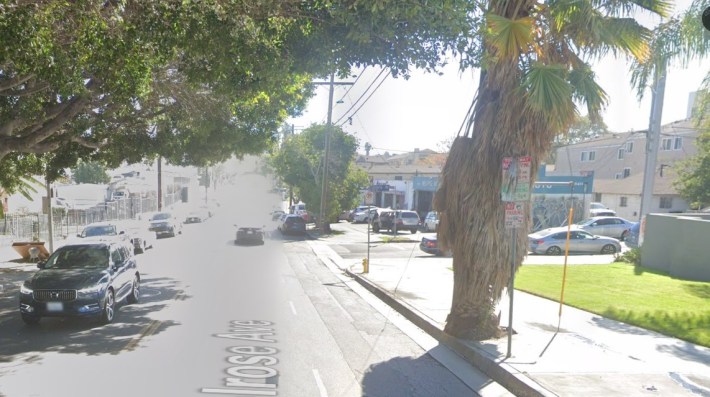
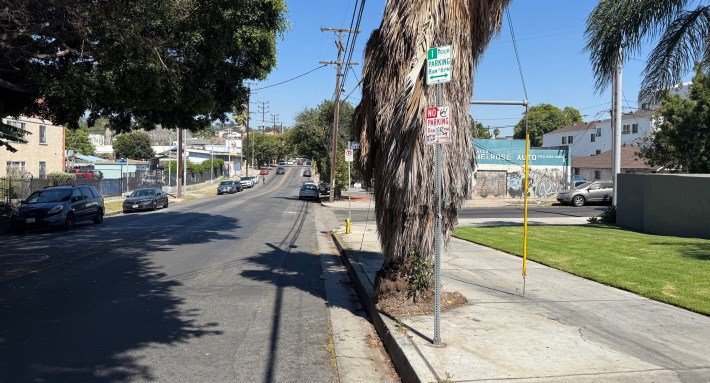
Getting rid of these peak hour lanes will improve safety, but is adding on-street parking really the right design for all of these street segments?
Several phase 1 segments - Alvarado, College, Crenshaw, Pico - will add on-street parking at or adjacent to Metro rail stations. Seems like missed first/last mile connections.
Some phase 1 segments are approved for bus and/or bike facilities in the city's Mobility Plan (maps). Alpine, Crenshaw, and Melrose are slated for protected bike lanes. La Tijera, Nordhoff, Ventura, Victory, and Washington show unprotected bike lanes. Alvarado, Broadway, Pico, and part of Ventura are planned bus lanes. It is possible that when the city undertakes peak hour lane repurposing, it could trigger Measure HLA requirements to install these planned busways and bikeways.
The current LADOT phase 1 follows the path of least resistance. Adding back parking that was removed decades ago is the easiest repurposing of peak hour lane space. It is a step in the right direction. Restoring on-street parking is perhaps appropriate in many locations. Alternatives such as adding new bus lanes or bike lanes could entail additional parking removal. (LADOT doesn't remove parking lightly; the exception being the case in point - when removing peak hour parking to "expand roadway capacity.")
This program - all these segments - involve/s trade-offs. The city is trading moving cars for parked cars, but there are other ways to skin a cat. It is possible to convert peak hour car lanes to peak hour bus lanes, with little or no impact to parking (for examples, see Alvarado, La Brea, Roscoe). On-street parking is compatible with bike lanes, protected or unprotected. Protected bike lanes need more width than unprotected.
For some of these phase 1 streets, it appears feasible to both restore on-street parking and add new bike lanes at the same time. This applies to significant portions of, at least, Victory and Washington.
But LADOT's current plans do not include bike, bus, or walk components.
For further information on the program, see the LADOT Peak Hour Lane Removal Program webpage.
